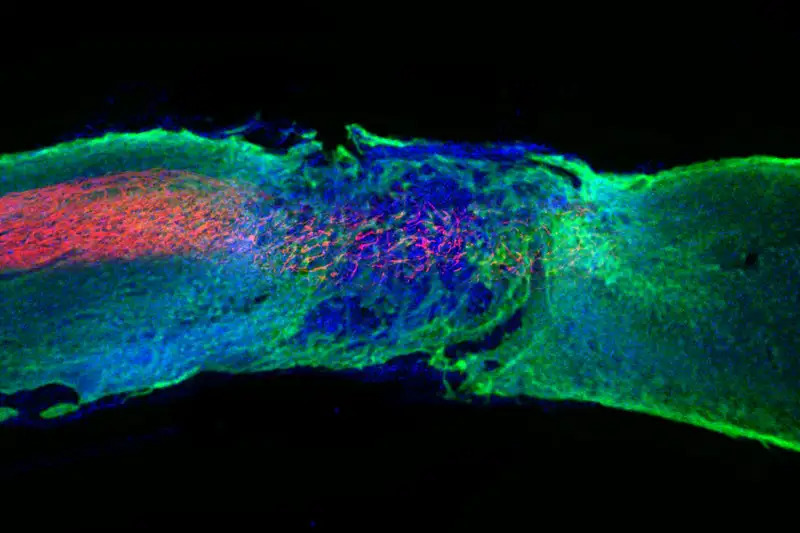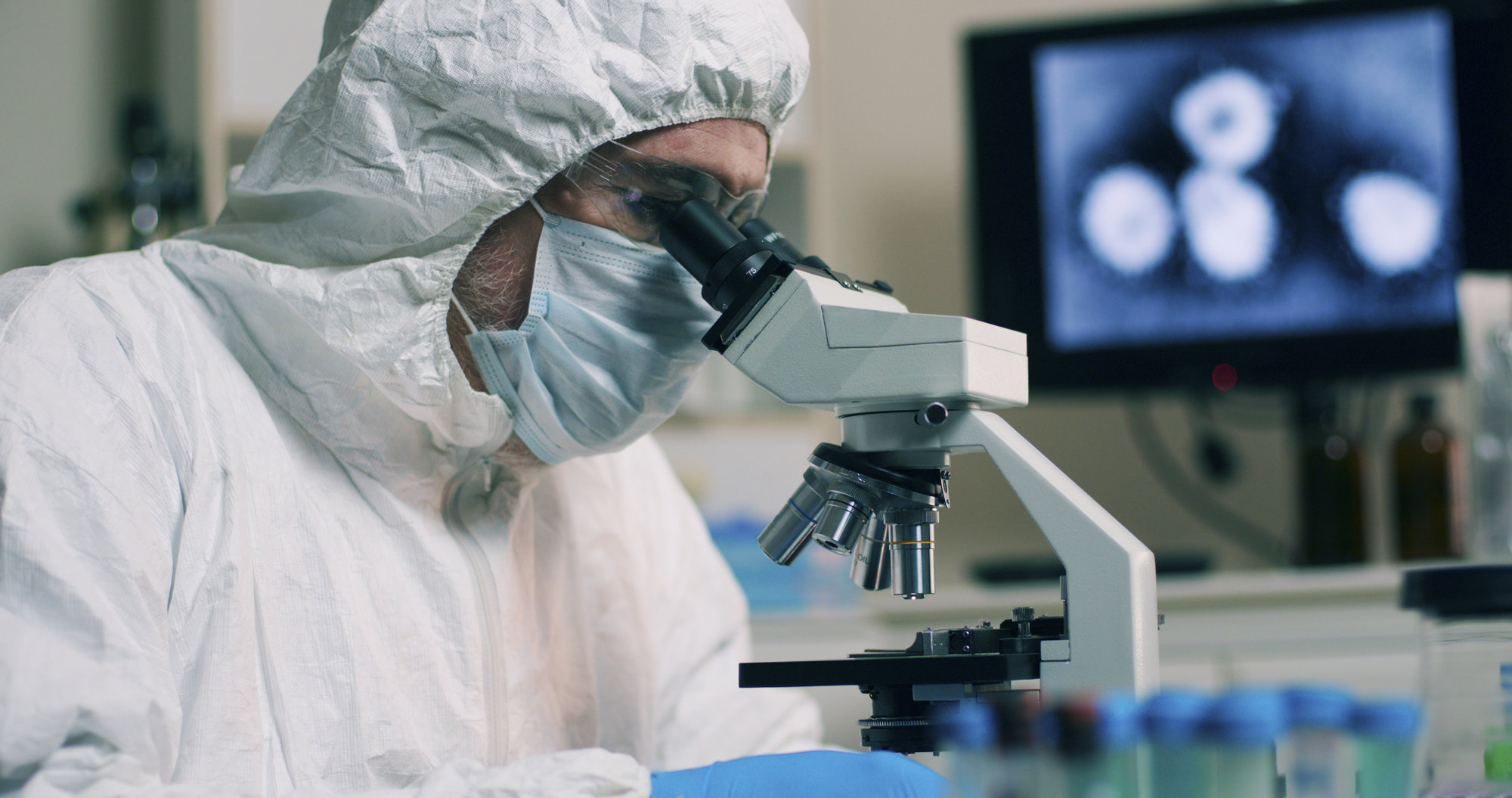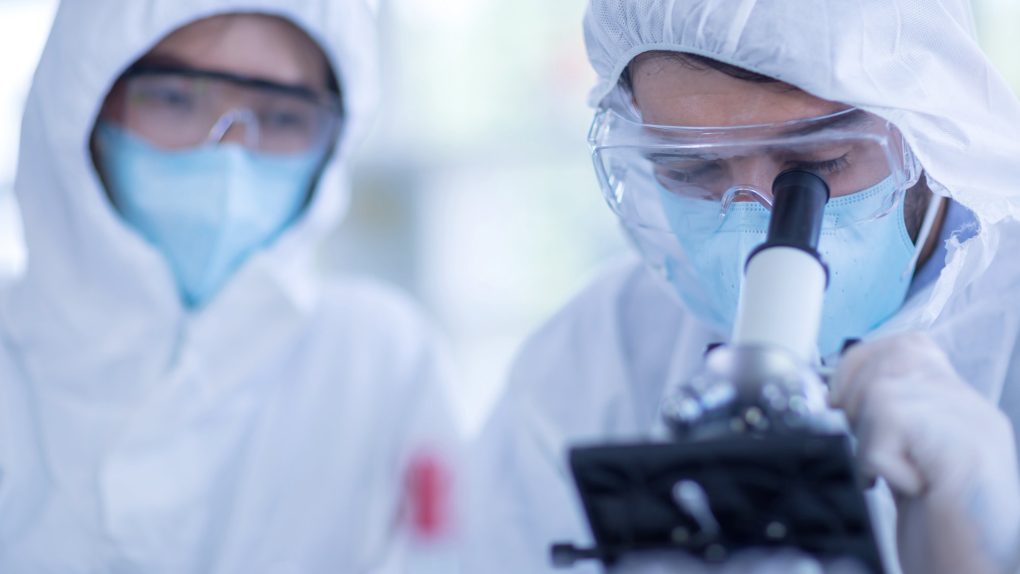Scientists have created a paralysis healing gel that was able to help mice walk again after suffering spinal cord injuries.
The results of a study carried out by Samuel Stupp and his colleagues at Northwestern University in Chicago has showcased extraordinary results. According to the study, which was published in the latest volume of Science, the gel mimics the matrix that is traditionally found around the body’s cells. This matrix provided a scaffold that helped the cells grow.
How paralysis healing gel helped mice walk again

Stupp and his colleagues created the gel. Protein units called monomers are in the substance. These proteins can self-assemble into long chains called supramolecular fibrils when introduced to water. Upon injection, the fibrils created the final gel that surrounded the injury. This allowed the cells to start reconnecting and regenerating.
Scientists injected 76 mice with the fibrils as well as a placebo substance. After four weeks, mice that had been treated with the fibrils began to regain their ability to walk. Those that had been injected with the placebo did not improve.
The gel helped the severed ends of the neurons regenerate. This then reduced the amount of scar tissue found at the site of the injury. Scar tissue usually acts as a barrier to regeneration, so lessening that amount allowed for better healing. The gel also enhanced the overall growth of blood vessels, which allowed the spinal cord cells to receive more nutrients at the point of injury.
How scientists measured its effectiveness

While all the mice injected with the treatment were able to walk, not all of the results were the same. The researchers assessed the mice’s walking ability in multiple ways. They were first scored on how their ankles moved, as well as their overall body stability and the placement of their paws. The treated mice scored three times higher than those given the placebo solution. The mice’s legs were also dipped in colored dyes to see how they walked across a narrow area lined with white paper. Mice injected with the gel showed larger stride length and width.
“A high stride length and width should correlate with more regrown axons (nerve fibers) innervating the muscles of the leg,” Stupp said in the article. (via NewScientist)
Short sequences of amino acids attach to the ends of the monomer proteins, enabling the regenerative effect. Those sequences were then able to provide the needed signals to regenerate the cells that the receptors on the surface of the spinal cord needed.
Scientists warned that the issues with scaling from mouse-based therapies to humans are difficult to overcome. Because of that, it is unclear how much these findings could translate towards human-based recovery options.








